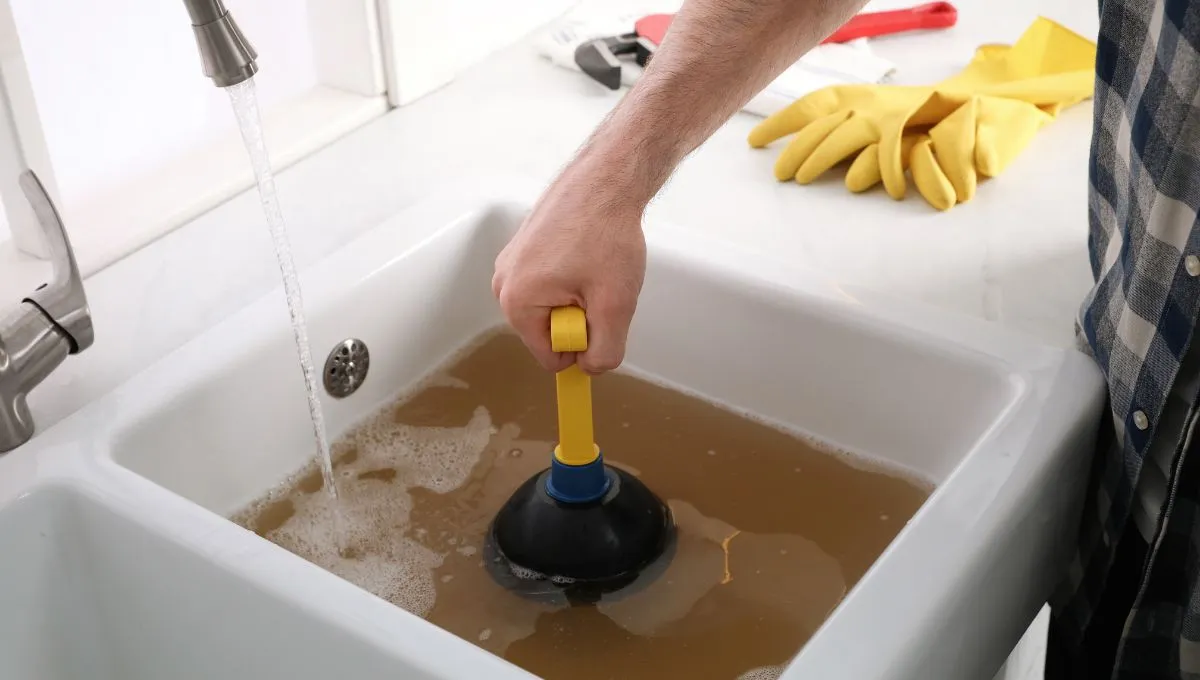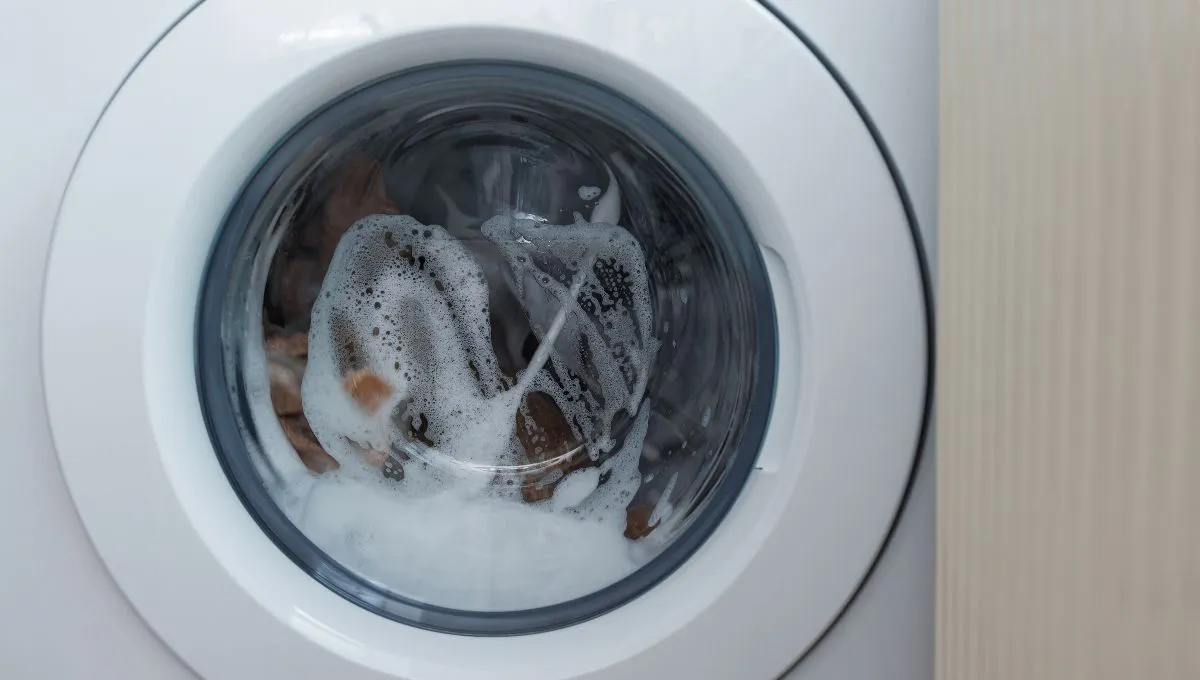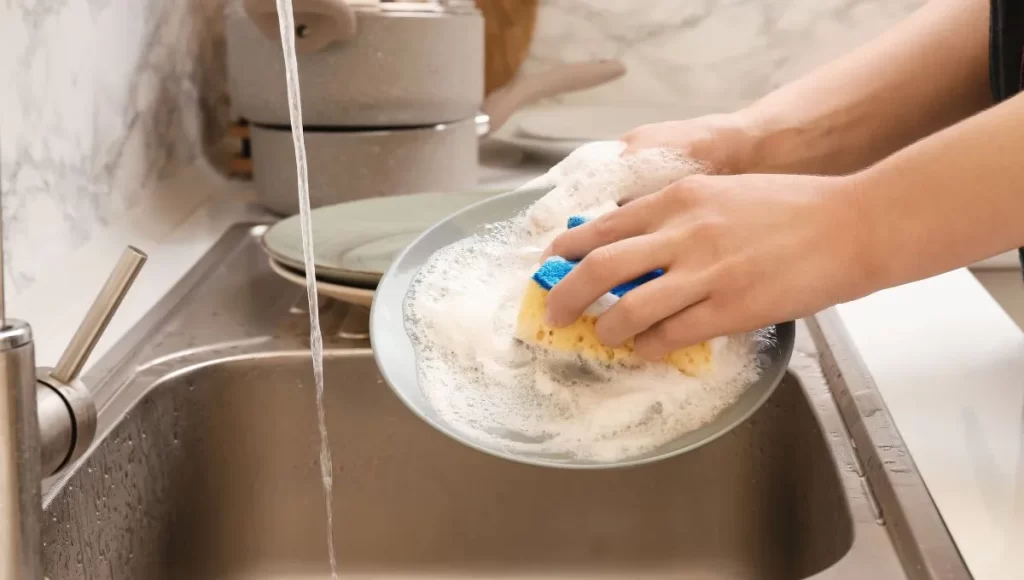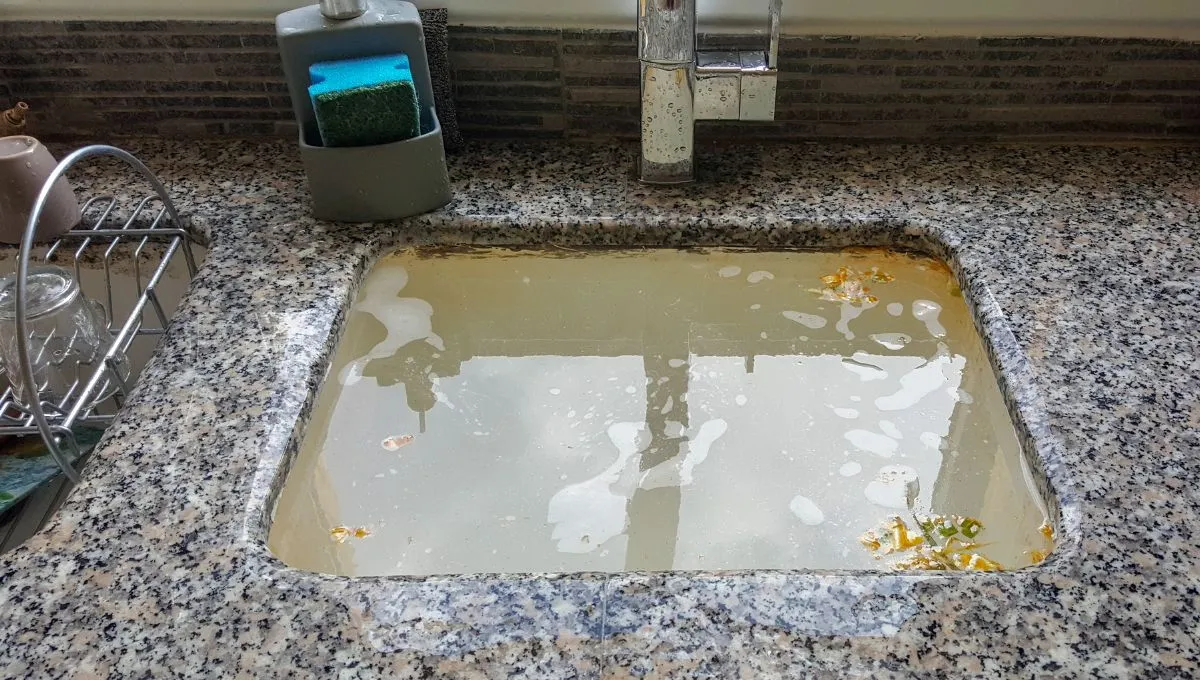— Trusted Since 1969 —
— Trusted Since 1969 —

Have you ever considered how much water we waste daily? Every drop that goes down our drains carries potential savings and sustainability. Grey water—the lightly used water from your bathroom sinks, showers, and washing machines—is not just waste but a chance to significantly impact your wallet and the planet.
This guide explores greywater recycling, offering practical steps to conserve resources and reduce expenses. From the basics of grey water to its advanced applications, discover how easy changes can bring significant benefits. Are you ready to transform your home into a model of sustainability? Let’s explore!
Grey water refers to wastewater from everyday household activities such as laundry, bathing, and dishwashing. It’s a daily byproduct that can serve as an alternative source for various non-potable uses, helping to conserve precious freshwater resources.
Although grey water is a useful resource, it contains contaminants such as soap residues, food particles, and various chemicals from cleaning products. Managing these elements to maintain water quality for safe reuse in irrigation and other applications is crucial.
Grey water can pose health and environmental risks without proper treatment due to pathogens and chemicals from household products. It is important to ensure greywater is appropriately treated and disposed of by local regulations.
Following these guidelines ensures the safe and effective reuse of greywater, minimising environmental and health risks:
You can use greywater around the house for various non-potable purposes, helping to conserve water and reduce freshwater consumption:
Recycling greywater provides numerous benefits, contributing to environmental sustainability, economic savings, and social responsibility:
Greywater treatment involves several critical stages to ensure it’s safe for reuse:
Initial filtration to remove solid particles such as hair and food scraps.
Allowing sediments to settle reduces the burden on subsequent treatment processes.
Effective grey water collection is crucial for its subsequent reuse:
A simple and immediate method for small-scale collection.
Install systems that automatically divert water from showers and sinks to appropriate storage or wastewater treatment systems.
Comprehensive solutions that handle the collection, treatment, and reuse of grey water.
Grey water treatment systems and diverters serve different purposes when managing grey water.
These systems treat grey water to a high standard, making it suitable for various uses, including indoor non-potable purposes.
These are simpler, directing grey water from sources like showers or sinks to irrigation or storage without extensive treatment.
Implementing grey water reuse at home can save significant amounts of freshwater. Here’s how you can start using grey water from various household sources:

You can easily divert grey water from your washing machine to irrigate your garden or flush your toilet. Install a simple diverter or hose attachment that directs this water to the desired location.

Collecting grey water from the shower might require a more hands-on approach. Use a bucket or install a grey water system that directly channels the water to your garden or uses it for flushing.

Utilise a bucket or specially designed device to collect grey water from kitchen and bathroom sinks. This water is excellent for watering houseplants or garden vegetation.
Grey water purification involves several steps to ensure it’s safe for reuse:
Treating grey water for outdoor use involves specific steps to ensure it’s suitable for irrigation without harming plants or the environment. Here’s how we can treat grey water for outdoor use:
Use constructed wetlands or biofiltration systems where plants and natural bacteria break down contaminants.
Opt for environmentally friendly disinfectants like citric acid to ensure plant and soil safety.
For indoor reuse, greywater must undergo advanced treatment to ensure it is safe:
Employ finer filters to remove smaller particulates.
Use methods like ozone treatment to ensure the elimination of pathogens.
Set up internal plumbing systems to utilise this water for toilet flushing and laundry.
A grey water system effectively manages and recycles grey water through:
Selecting a greywater system involves considering the following:
To maximise the benefits and ensure safety, follow these tips:
Ensure safe handling of grey water to avoid health risks:
Improving grey water quality enhances its usability:
The cost varies depending on the system’s complexity and features. Basic diverters cost a few hundred dollars, while comprehensive treatment systems can cost thousands. Get multiple quotes to find the best price and consider long-term savings.

Proper disposal and recycling of grey water require adherence to regulations and thoughtful planning:
Install modern and water-efficient toilets to reduce the amount of black water produced significantly. It will ease the strain on our treatment facilities and conserve water, a precious resource.
Ensure your system meets the required standards for water quality.
Proper system design and regular maintenance are crucial for effective operation.
Proper grey water management boosts soil and plant health; improper disposal harms ecosystems.
Greywater disposal in Australia requires following regulations set by state and local authorities to protect public health and the environment. Consider the following rules:
Want to learn more about grey water discharge regulations? Check out our post on “Wastewater Regulation.”
Household activities generate greywater, a valuable resource for non-drinking purposes. While it contains contaminants, proper treatment makes it safe for watering gardens and flushing toilets, reducing freshwater use and promoting sustainability.
Are you interested in this eco-friendly solution? Taylex offers reliable wastewater solutions for your needs. As an Australian family-owned company with over 50 years of experience, we specialise in home sewage treatment systems. Our team of wastewater specialists ensures expert installation and service across Australia and New Zealand. Taylex prioritises innovation and environmental responsibility, meeting the highest safety standards. Contact us!
LINESLOT88 adalah situs gacor terbaik yang menawarkan game slot online dengan tingkat kemenangan yang tinggi, menjadikannya pilihan ideal bagi para pemain yang ingin meraih kemenangan hari ini. Dengan berbagai jenis permainan yang menarik dan fitur bonus yang menguntungkan, setiap pemain dapat menikmati pengalaman bermain yang seru dan mengasyikkan. Dikenal dengan antarmuka yang ramah pengguna dan dukungan pelanggan yang siap membantu, LINESLOT88 memastikan setiap sesi permainan Anda menjadi lebih menyenangkan dan menguntungkan.
Shower water usually goes into the sewerage system. However, if you install a greywater diversion system, you can direct the water for treatment and reuse.
Yes! Grey water can enter the tank if your property has a septic system. Ensure proper management to avoid system overload.
In compliance with local regulations, we must dump greywater directly into an approved drainage system, such as sewer lines, greywater treatment systems, or wastewater treatment plants.
Regular cleaning and maintenance can stop the grey water tank from smelling. Use eco-friendly cleaning products and consider adding biological additives to control odours effectively.
Ensure proper ventilation and maintenance to prevent grey water from smelling. To keep it fresh, use natural odour neutralisers such as vinegar or baking soda.
Want to understand why your grey water drains smell? Dive into our comprehensive post on “smelly drains.”
Depending on local regulations and treatment levels treated grey water is typically used for irrigation or other non-potable applications.
Untreated grey water contains contaminants that can harm plants, soil, and waterways, thus posing environmental risks.
No! Local regulations do not allow the draining of grey water on the ground without treating it owing to potential health and environmental risks.
Installation costs for grey water diverter systems vary depending on their complexity and features. They range from a few hundred to several thousand dollars.